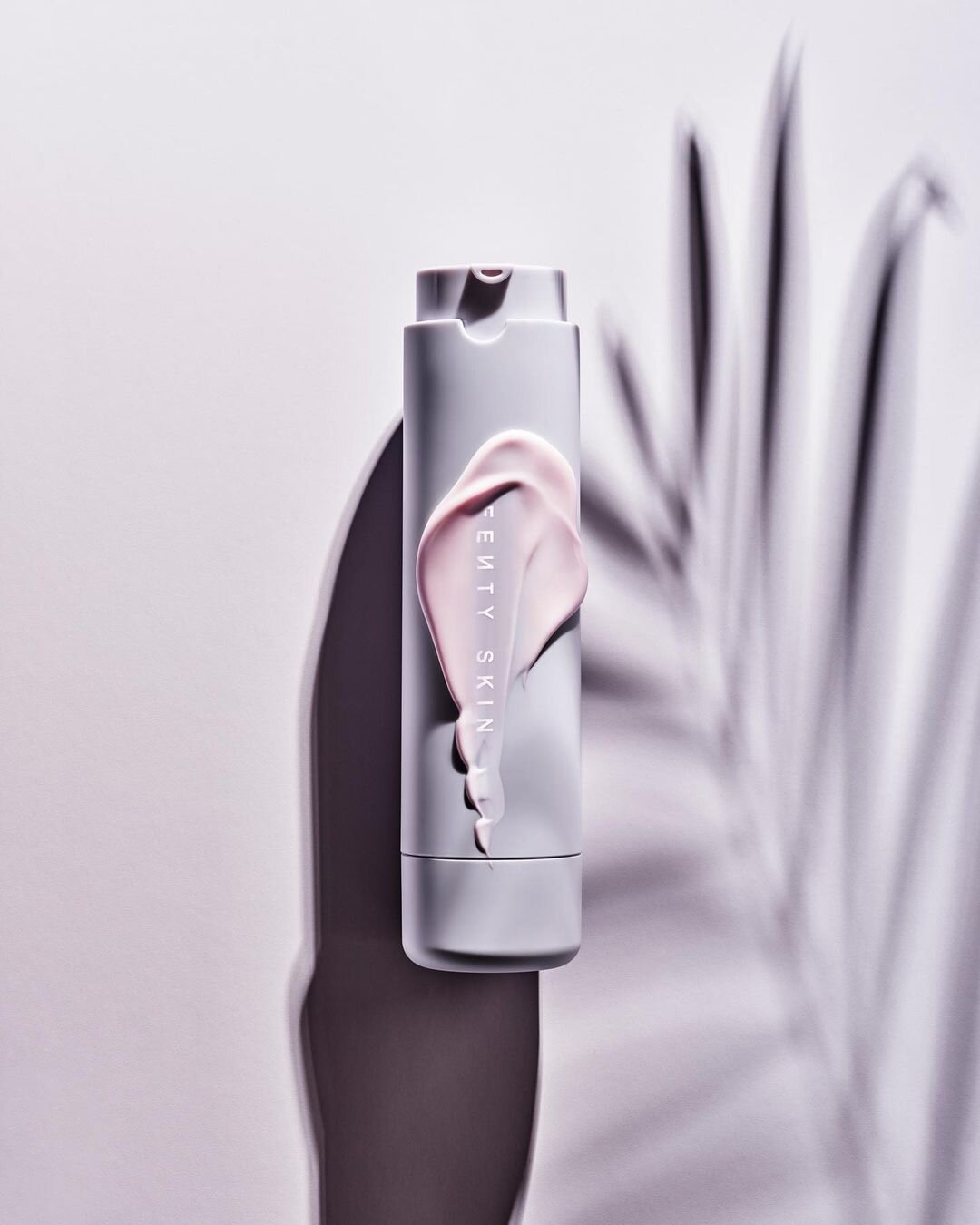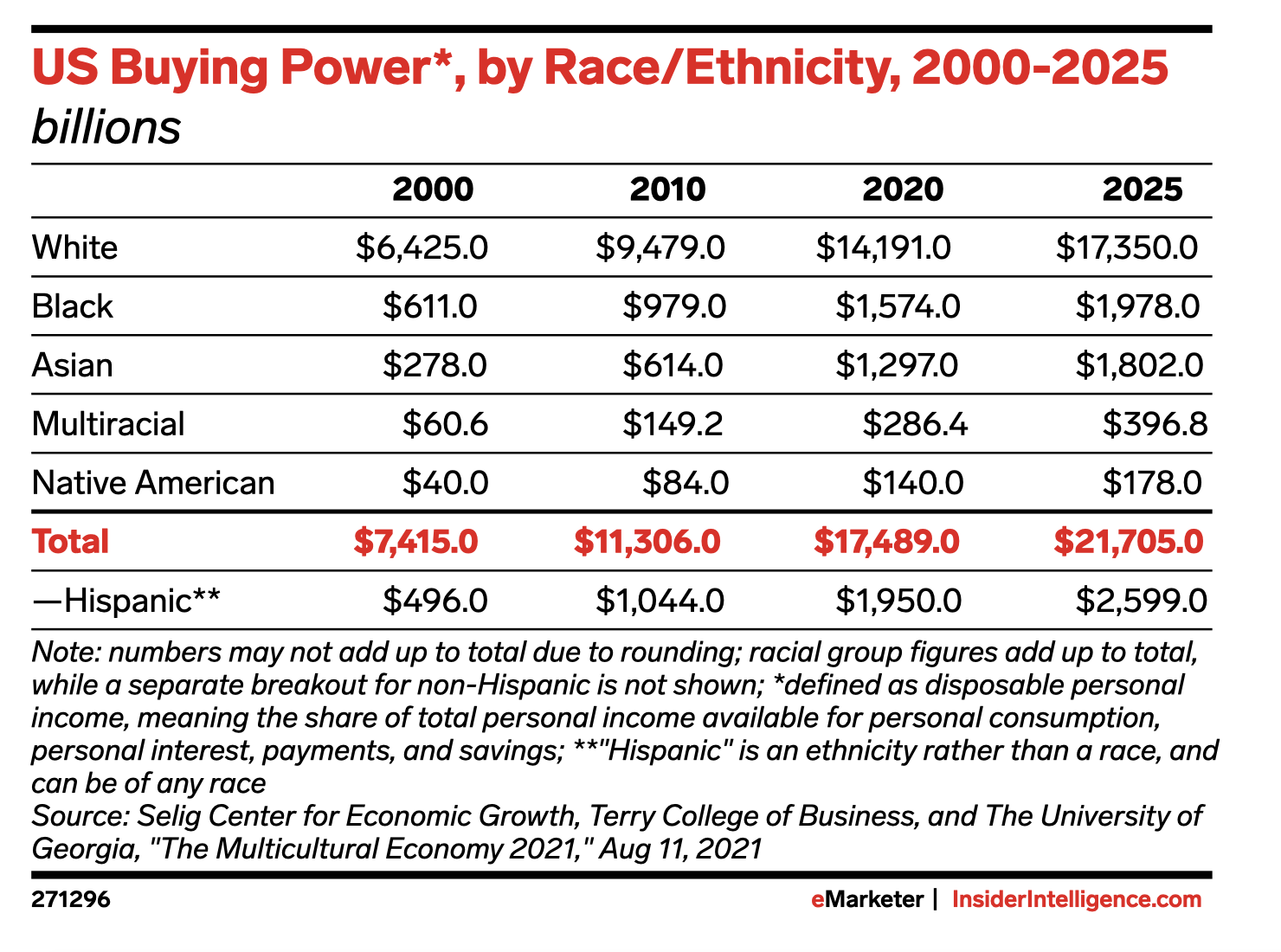How Rihanna’s Fenty Brand is Leading in Diversity & Inclusion
There aren’t many brands that have done a better job with diversity and inclusion than Rihanna’s Fenty brand. Whether it’s Savage X Fenty or Fenty Skin or Fenty Beauty she has done what many retailers have struggled to do, make products that appeal to everyone. Her focus on inclusivity is striking a cord with consumers because it’s authentic.
From using plus sized models to creating gender neutral products a wide range of consumers feel like the brand truly understands their wants and needs. “We don't believe in division. We do not believe in excluding anyone,” says Rihanna. “That's been our message from day one and it's not going to change now because everyone is having that realization.”
Rihanna’s product lines are hugely successfull and in many ways she is showing other brands how to properly cater to a diverse society. Take a look at how Fenty is winning over consumers by catering to their needs in four critical areas.
1. Sizes. As anyone who has struggled to find clothing that fits knows there aren’t too many retailers that get a passing grade for selling clothing made for all. In the United States 70% of the population wears a size 14 or higher yet less than 20% of clothing made is within that size range.
When Rihanna launched her lingerie brand Savage X Fenty in 2018 it was inclusive from the very beginning. Her collection features bras in sizes ranging from A cups all the way to H cups with band sizes ranging from 30 to 46 and XS to 4X in underwear. “When I imagine something, I imagine everyone I know and love being a part of it. I want to make stuff I can see on the people I know, and they come in all different shapes, sizes, races, and religions,” says Rihanna speaking about her Savage X Fenty brand. “I didn’t think it would be such a talking point after the fact; the only thing I could think about was including everyone.”
Savage X Fenty’s size range is not lip service, the brand’s fashion shows are also a tribute to diversity featuring plus sized, older and pregnant models as well as models with disabilities. In contrast in 2020 Victoria’s Secret launched a new swimwear collection in an attempt to silence critics who say, among many things, that the brand does not cater to a wide enough audience. The swimwear collection featured plus sized models Paloma Elsesser and Jill Kortleve, but onlookers quickly noticed that the largest size in the collection was an XL, far below the size millions of women wear. “Ideals are changing, and people want diversity and representation, ethnically and racially, but also in terms of shape and body type. For retailers to not adapt or evolve can be a fatal flaw,” says Kalinda Ukanwa, a marketing professor at the University of Southern California Marshall School of Business.
Retailers that pay lip service to diversity and inclusion requirements by either only offering a few styles in extended sizes or have just a couple of plus size models are going to struggle to stay relevant. At the beginning of 2020 Target launched a new activewear brand called All in Motion. The line passed $1 billion in sales after only about a year in market despite its short tenure. Merchandise within the All in Motion line is made from sustainable materials and has an inclusive size range, XS-4X for women, S-3X for men and XS-XXL for kids.
All in Motion’s success is quite exceptional since the brand thrived during the pandemic. It was also a success even though the clothing category as a whole in the United States was down 28.5% in the first eleven months of 2020. Focusing on a hot category like activewear surely gave the brand a boost but since the line has inclusive sizes it meant that the majority of Americans could purchase it. The clothing sector has been in a structural decline for some time, could part of the reason be that people have gotten tired of not being able to find clothing that fits?
Savage X Fenty generated an estimated $150 million in revenue in 2020 and is now valued at an estimated $3 billion. Rihanna has also raised $310 million for Savage X Fenty to-date. When brands are looking at their strategic plans trying to figure out how to lift sales if they aren’t thinking about inclusive sizing in an authentic way they are leaving money on the table.
2. Skin tone. Fenty Beauty was named Time magazine’s Best Invention of 2017. Speaking about the brand Time magazine said: "Fenty’s unabashed celebration of inclusivity in their makeup campaigns put an unprecedented spotlight on the need for diverse beauty products." As many people know, Fenty Beauty launched with 40 shades of foundation. But Fenty Beauty was not the first brand to offer 40 shades of foundation. For example, Make Up For Ever even stated, in an Instagram post after the launch of Fenty Beauty: “40 shades is nothing new to us.” The bigger question is how did Rihanna manage to disrupt when others failed to barely innovate?
Competitor beauty brands with a diverse range of shades did not make inclusive marketing a central part of their business model. Rihanna from the beginning wanted to serve everyone. Not just dark-skinned consumers but everyone. Speaking about her line of foundation Rihanna said: “there needs to be something for a dark-skinned girl; there needs to be something for a really pale girl; there needs to be something in-between." One key difference is in how Rihanna marketed Fenty Beauty which Time magazine noted as being part of the genius behind the success of the brand. Fenty Beauty uses models from many ethnicities allowing the brand to become known as “the new generation of beauty”. Rihanna focuses on all women and now all women want her products. Within Fenty Beauty’s first 15 months in business it made $570 million in revenue.
In 2021 Sephora released a study it completed on racial bias. It found that 40% of its customers believe they are treated differently because of their race or complexion. This behaviour causes “permanent, economic consequences for a retailer,” says Sephora. Imagine if close to half of your consumers feel they are treated in a less than optimal way? How much is that impacting the bottom line? By not treating everyone equally retailers are missing out on the very dollars they need to succeed.
By 2045 today’s minority populations in the United States will be the majority. This trend has already started to materialize. Non-White and Hispanic Americans are now the majority among those under the age of 16.
When looking at the opportunity that exists by targeting communities of colour, the opportunity is clear. Buying power within the Hispanic and Black communities is expected to reach $2.6 trillion and $2 trillion respectively by 2025. Ignoring these groups simply provides fertile ground for competitors to steal share.
3. Age. What Rihanna has done is called revolutionary and it is given the current state of the retail sector but her strategy is quite simple. She is creating products for everyone. Who says only 20-year-olds want to buy lingerie? Not Rihanna. In one of Rihanna’s Savage X Fenty lingerie shows Demi Moore modelled lingerie alongside Bella Hadid. Moore was 57 at the time and Hadid was 25.
Rihanna realizes it’s time to let the consumer decide what they want. She has broken down stereotypes that say after a certain age a woman no longer wants to wear lingerie. This is a lesson for all brands, throw out the stereotypes and have a deeper connection with not just your customers but with consumers as a whole. There is a lot of white space in retail were consumers are just waiting for a company to say, “hey. I see you. I hear you. I want to serve you.”
Do you like this content? If you do subscribe to our retail trends newsletter to get the latest retail insights & trends delivered to your inbox
4. Gender. Another aspect of the Savage X Fenty shows which have generated a lot of buzz and media attention is that they feature men. Not only does it make sense to market men’s underwear in a fashion show with women but the 2020 show was hearalded for featuring a plus sized male model. The model who goes by the name Steven G modelled size 2XL briefs during the show. “Big men, just like women, are hardly represented in advertising but as Rihanna has proved here, the industry may want to rethink this,” tweeted author Rabia Chaudry after the show.
Speaking about his appearance in the Savage X Fenty show, Steven G said: "there's so much love it's overwhelming. It's been keeping me afloat and really just getting me going because honestly, I didn't realize the impact that this would make on other men. They’ve just been reaching out saying 'Hey, I love that you took the initiative to be that representation that we really needed.' So, it wasn't even about me. I thought it was gonna be something for me but it became something so much bigger. Now it's been highlighted in an industry that has slept on this demographic.”
Rihanna did not stop there, that fashion show also featured transgender model Indya Moore. It shows how far Fenty has taken us. As recent as five years ago, in 2018, when discussing criticism facing Victoria’s Secret’s fashion shows Ed Razek, Victoria’s Secret’s chief marketing officer at the time said this: “shouldn’t you have transsexuals in the show? No. No, I don’t think we should. Well, why not? Because the show is a fantasy. It’s a 42-minute entertainment special. That’s what it is.”
Rihanna is just getting started. She also has a gender neutral skincare line called Fenty Skin which she launched in 2020. Who says men can’t use the same skincare products as women? If a vitamin C serum works on a woman then it will surely work on a man. Fenty Skin is marketed at both men and women. "That's right baby...@fentyskin is for my fellas too! No matter who you are, you deserve to have great skin!," wrote Rihanna in an Instagram post. Commenting on why she chose to make the line gender neutral Rihanna said: "skin is skin." "Everybody has skin, and everybody should take care of it, so I never approached skincare or making this line from a gender standpoint. I didn't want anyone to feel excluded or be excluded."
You may also like:
Fenty Beauty’s Growth Strategy: What You Need to Know
A Missed Opportunity, Serving the Size 14+ Consumer
Rare Beauty: 6 Parts of its Strategy to Emulate
How Aerie Built a Great Brand, its Strategy for Success
Skims’ Strategy - 10 Reasons Kim Kardashian’s Brand Took Off




